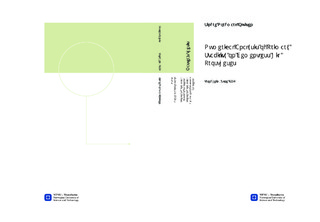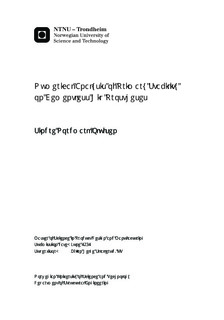| dc.description.abstract | Since the first Total Hip Arthroplasty (THA) performed in the 60's, it has been regarded among the most successful surgical procedures. When an un-cemented hip prosthesis is employed, the prosthesis is impacted into a prepared cavity in the femur. This surgical technique is known as impact bone grafting and is commonly used in THA. The stability of the prosthesis immediately after surgery is denoted primary stability.Numerical analyses of primary stability, often assume the forces applied during impact grafting to be lower than those present during routine activity. The magnitude of the forces applied during impact grafting is regarded a point of uncertainty, questioning this assumption. As the forces applied during impact grafting are equalized by frictional and contact forces, frictional characteristics present between prosthesis and femur could influence the primary stability of the prosthesis. The influence of grafting force magnitude and frictional characteristics on primary stability is investigated in this thesis. A study of scientific publications on primary stability was performed, forming the basis for the further analyses. External loads, mechanical properties and recommended practice with regard to numerical analysis of THA, were based on findings from this literature study.The performed analyses are purely numerical, using state of the art finite element software. The numerical model's response is verified, but as no experimental results are available on the particular geometry, validation is difficult. Two parametric studies were performed, investigating the influence of the impaction force magnitude and friction characteristics on micro motion.The friction coefficient was found to influence the primary stability of the prosthesis. An intermediate friction coefficient yielded the highest stability, with the same loads applied in all cases. Based on this finding, the influence of prosthesis-bone interface lubrication was investigated. A preliminary reduced friction coefficient during impact grafting yielded an enhanced primary stability, motivating further investigation of the concept. The magnitude of the impaction force was found to influence the primary stability of the prosthesis. An increased force magnitude above 240% of the patient bodyweight yielded an enhanced primary stability. This finding motivates a further investigation of the force magnitudes present during surgery.In order to extend the numerical model to include non-linear friction characteristics, a subroutine is proposed. The friction model's behavior is verified in this thesis, but further implementation is required. | nb_NO |

